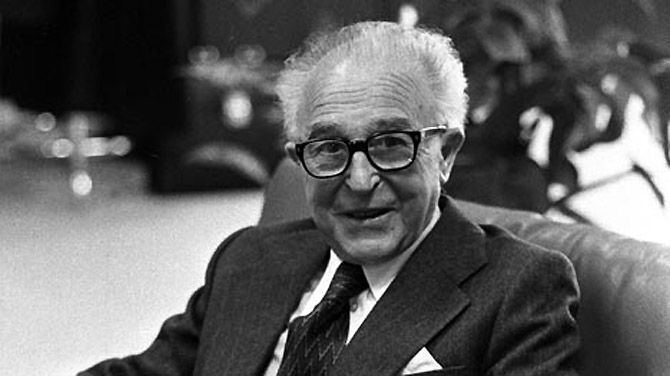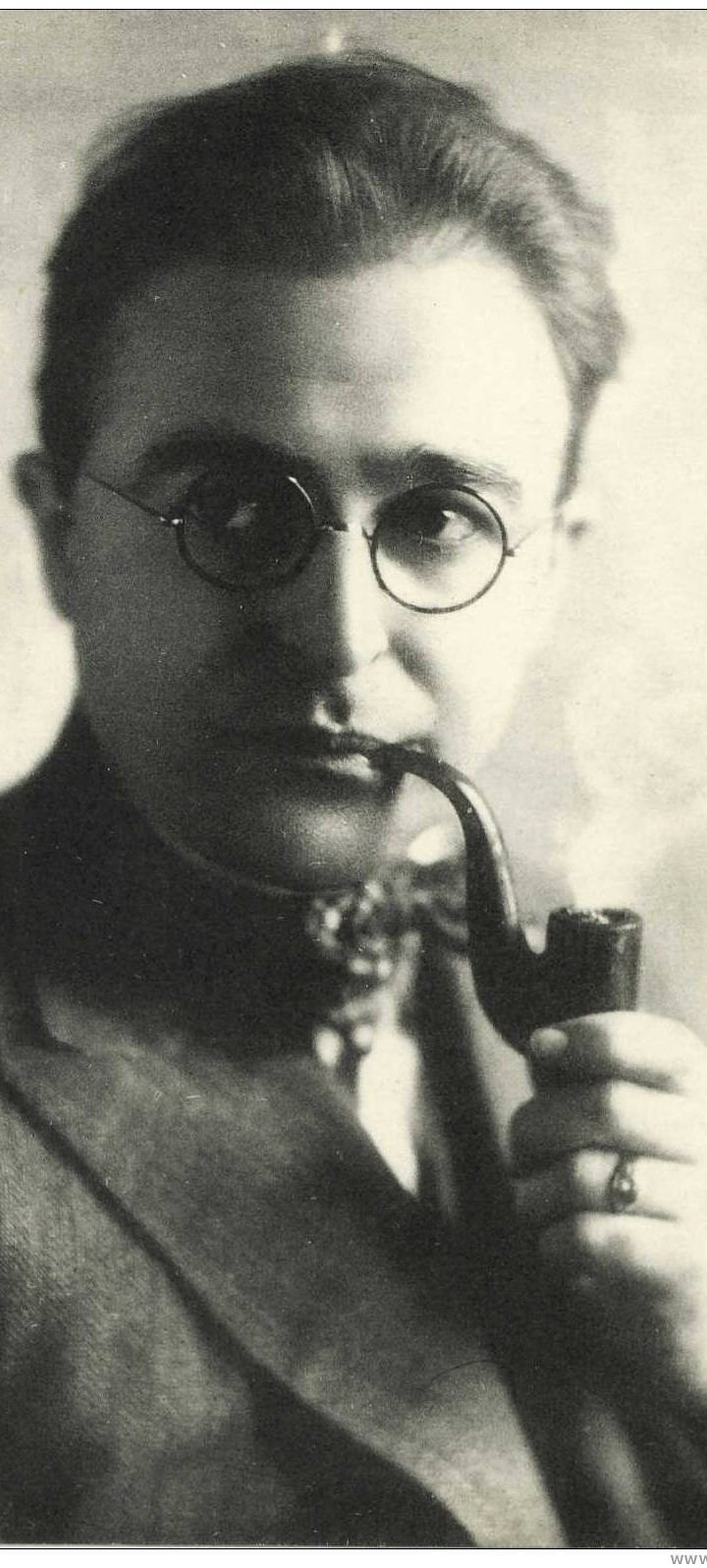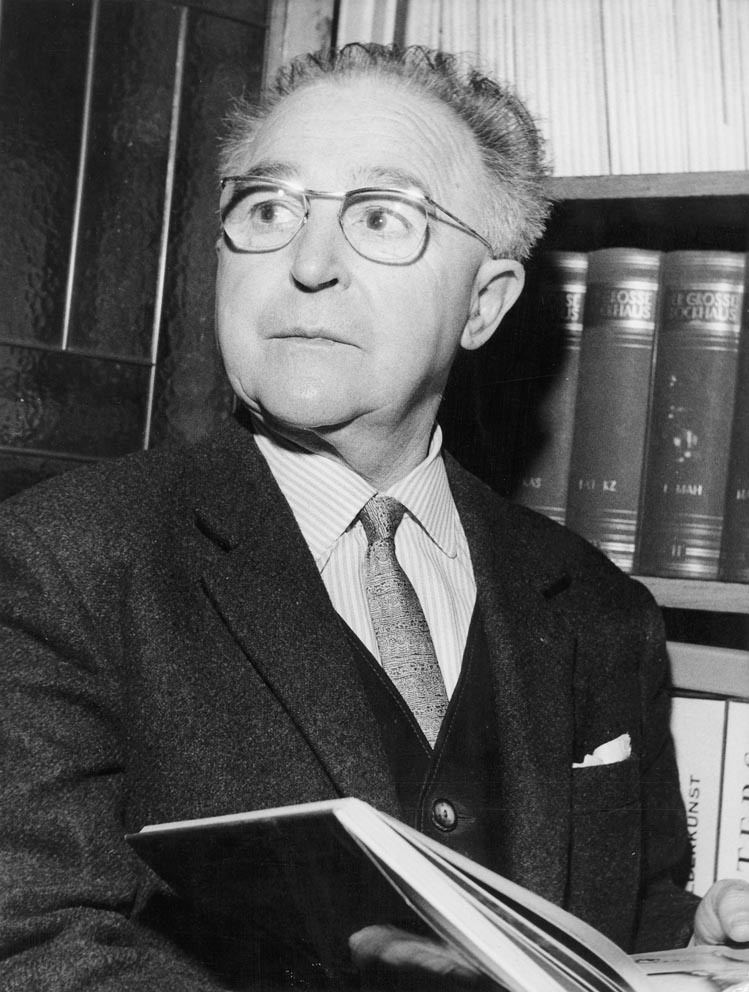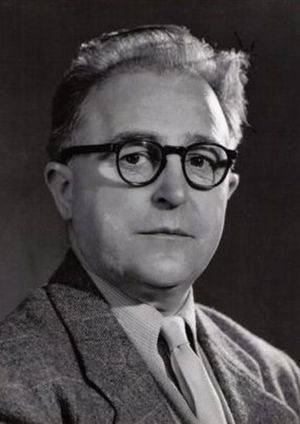Name Gerard Walschap Role Writer | Children Carla Walschap | |
 | ||
Books Marriage, Divorce, and Remarriage | ||
Gerard walschap 1898 1989 antwerpen belgi
Jacob Lodewijk Gerard, Baron Walschap (Londerzeel-St. Jozef, 9 July 1898 – Antwerp, 25 October 1989), was a Belgian writer.
Contents

Gerard walschap
Early life

He went to highschool at the Klein seminarie in Hoogstraten, and later in Asse. His Flemish awareness was in these days encouraged by the priest and poet Jan Hammenecker. In Leuven, he entered the school for priests of the Missionaries of the Sacred Heart, but did not finish to be ordained as a priest.

In 1923, he became secretary at the weekly magazine Het Vlaamsche land (E: Flemish country). In 1925, he married Marie-Antoinette Theunissen (1901-1979) in Maaseik, and a year later their son, Hugo is born. Alice Nahon acts as a nurse and write a poem to the occasion Aan Hugo's fijne stemmeke (E: To Hugo’s fine voice). In 1927, his second son, Guido, is born. In 1930, his third son, Lieven, is born, and in 1932, his daughter Caroline (Carla Walschap). In 1935, he narrowly escapes death, as he becomes a victim of carbon monoxide poisoning in the bathroom, but he is saved by his wife. His fourth son, Bruno, was born in 1938.
Literary career

As a writer he started his literary career with romantic poetry and Catholicism inspired theatre plays. In 1928, he publishes his first novel Waldo. He became widely known with his novel Adelaide, which appeared in 1929, and which was the first of a series of novels. Although initially well-received, the book caused him the rancour of the clergy, and his books were placed on the Index Librorum Prohibitorum. This adverse reaction, which was not intended by Walschap, hurt him and after a long inner struggle and doubt he abandoned his faith and became a secular humanist. This inner struggle (with faith), would remain of significant importance in his literary work. Adelaide became part of the De familie Roothooft.
In part of his work he considers society a burden which is hard to bear, such as in De bejegening van Christus (E: Meeting with Christ) (1940). In his work he also glorifies the extremes of society, such as the primitive life in Volk (E: people) and De dood in het dorp (E: Death in the village) (1930), and the almost aggressive freedom in Het kind (E: The child) (1939) and De consul (1943) and the expression of worriless freedom in probably his most famous work Houtekiet (1939).
His novel Zwart en wit (E: black and white) of 1948, deals with the collaboration (Nazi-Collaborators were called blacks in Belgium, and resistance fighters whites) with Nazism and the repression after World War II. Zuster Vergilia, of 1951, deals with the eternal fight between faith and disbelief. In his book Oproer in Kongo (E: Revolt in Congo) from 1953, he wrote about colonialism, which he conceived after along journey through Belgian Congo in 1951. As a writer he reveals his own inner self in Het gastmaal (1966) en Het avondmaal (E: Dinner) (1968), by using a modernistic writing style.
He received several literary prizes, among which in 1968, the Prijs der Nederlandse Letteren, and in 1975 he was knighted and made a Baron.
